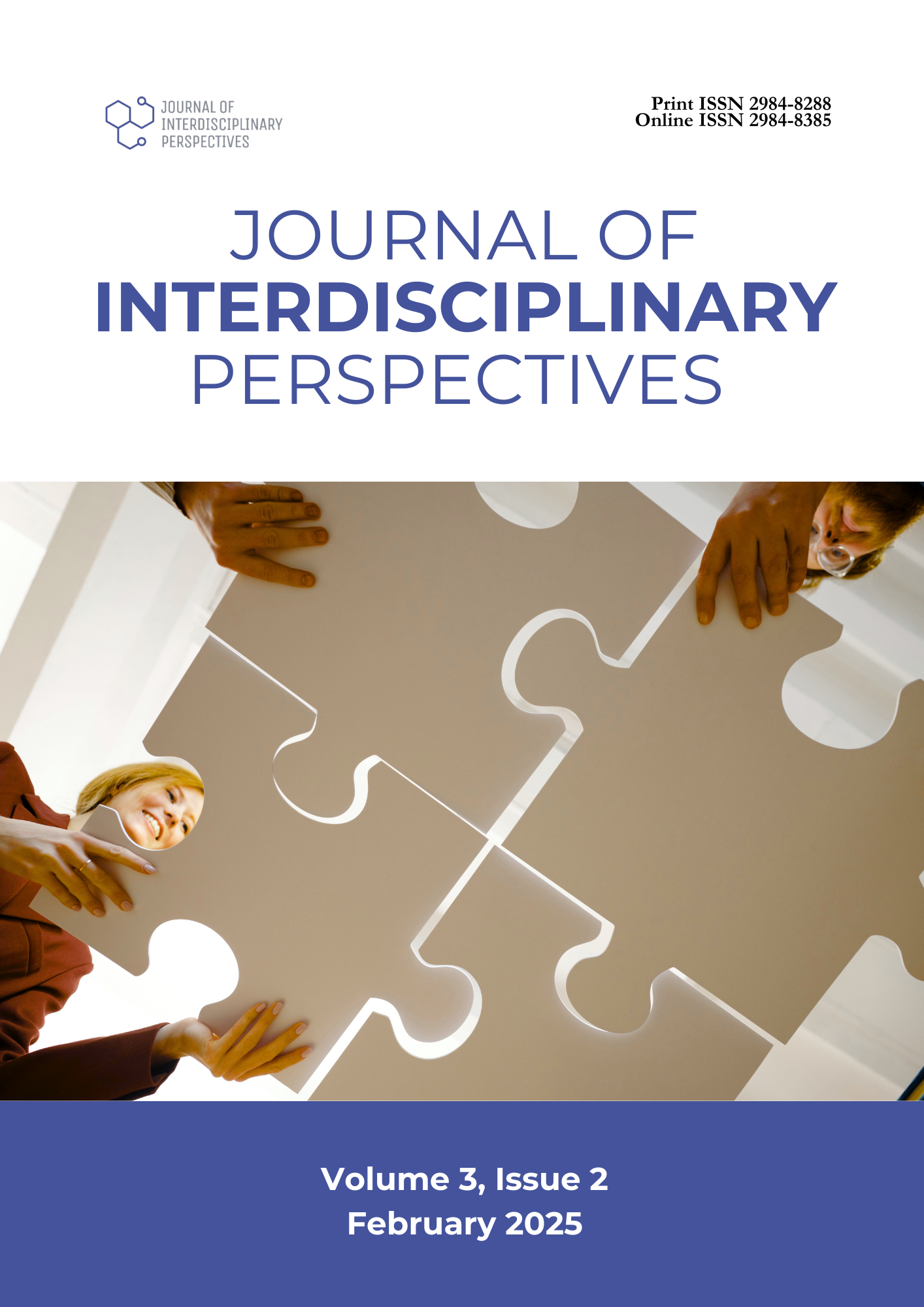Development of Student Government E-Voting Application
DOI:
https://doi.org/10.69569/jip.2024.0675Keywords:
E-voting, Innovation, Student government, TechnologyAbstract
This study underscores the transformative potential of an e-voting mobile application in enhancing the election process at NORSU-Guihulngan Campus by improving efficiency, reliability, and transparency. This innovative solution ensures a streamlined, fair, and secure electoral process by addressing the limitations of traditional manual voting systems. The descriptive-developmental method employed included planning, prototyping, testing, and data gathering. A survey was distributed to 106 respondents, including students and IT experts, to evaluate the manual voting system and assess the e-voting application’s functionality. Pilot tests were conducted with criteria focusing on user interface, security, accessibility, transparency, and reliability, supported by statistical analysis. The e-voting application exhibited exceptional performance across all evaluated aspects. The user interface and security scored an average of 4.39, reflecting excellent design and robust data protection. Accessibility achieved the highest rating at 4.46, ensuring seamless usability for diverse users. Transparency and reliability were rated at 4.31 and 4.41, respectively, underscoring the system’s openness and consistent functionality. Overall, the application achieved a total average rating of 4.39, confirming its effectiveness as a voting solution. The application’s usefulness was evaluated across six key features: accessibility, time and cost efficiency, real-time results, enhanced accuracy, increased security, and audit trail transparency. Accessibility and real-time results received scores of 3.50, while time and cost efficiency achieved 3.60. Enhanced accuracy and security also scored 3.50, minimizing errors and fostering trust. Audit trail transparency, rated at 3.40, emphasized the system’s accountability. These findings validate the application’s ability to revolutionize student elections at NORSU-Guihulngan and provide a scalable model for similar institutional contexts. The study highlights the importance of integrating modern technology into election systems, paving the way for broader adoption in academic and institutional settings to ensure reliable and transparent processes.
Downloads
References
Fauzi, A., & Habibi, M. (2023). Electronic democracy: Enhancing participation and transparency through e-voting. Journal of Governance and Local Politics, 5(2), 133–143. https://doi.org/10.47650/jglp.v5i2.986
Gillaco, M. (2014). Level of Word Recognition and Reading Comprehension: A Basis for a Reading Program. Asia Pacific Journal of Education, Arts, and Sciences, 1(5). www.academia.edu/download/51551597/APJEAS-2014-1-088.pdf
Gritzalis, D.A. (2002). Principles and requirements for a secure e-voting system, Computers & Security, 21(6), 539-556. https://doi.org/10.1016/S0167-4048(02)01014-3
Herrnson, P.S., Niemi, R.G., Hanmer, M.J., Francia, P.L., Bederson, B.B., Conrad, F.G., & Traugott, M.W. (2008). Voters’ Evaluations of Electronic Voting Systems: Results From a Usability
Field Study. American Politics Research, 36(4), 580-611. https://doi.org/10.1177/1532673X08316667 Oki S., & Idrus, A. (2020). Student Participation with E-Voting in the Digital Era. Atlantis Press
Rogers, B., & Kyomuhendo, C. (2023). An Electronic Voting System a Case Study of St. Mary’s Heritage College-Kawempe (Thesis). Metropolitan International University
Smith, A.D., & Clark, J.S. (2005). Revolutionising the voting process through online strategies. Online Information Review, 29(5), 513-530. https://doi.org/10.1108/14684520510628909
Downloads
Published
How to Cite
Issue
Section
License
Copyright (c) 2025 Journal of Interdisciplinary Perspectives

This work is licensed under a Creative Commons Attribution-NonCommercial 4.0 International License.









